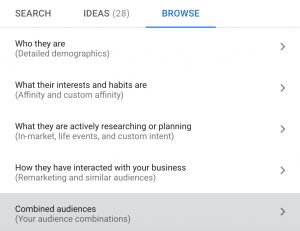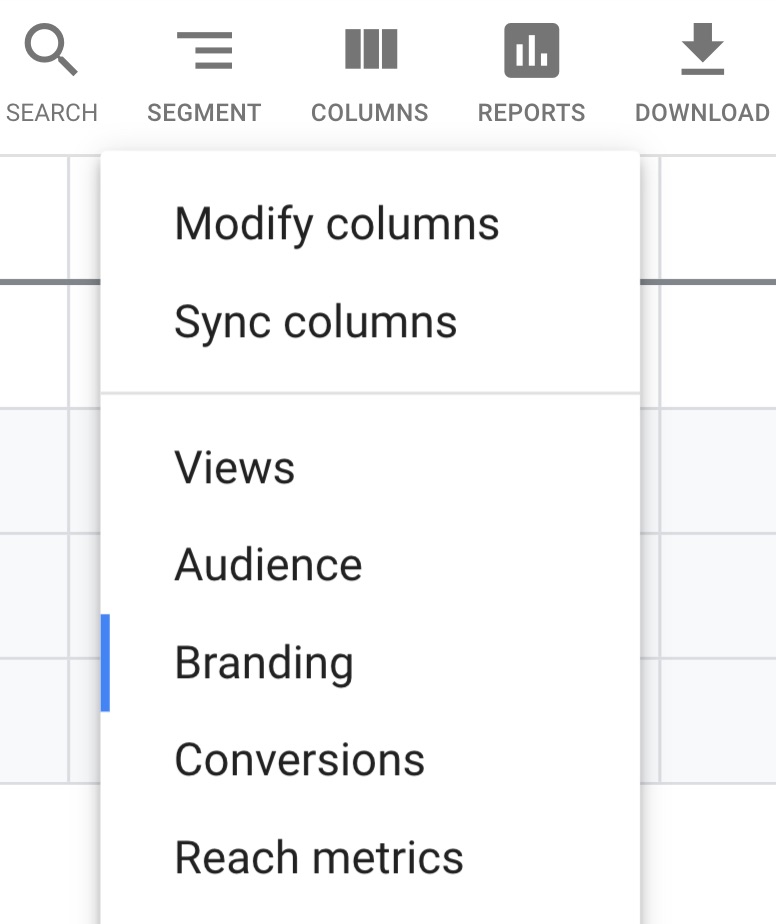Paid search is a highly targeted marketing strategy with the ability to find users who are uniquely low in the funnel and ready to convert. A user who is not only problem-aware but also solution (product/service)-aware and potentially even brand-aware is exactly the type of person that makes paid search a strong ROI producer for many.
There are limitations to this, however. There are not endless amounts of people who fall into the category of low-funnel who are actively searching. This is especially true for more niche industries or brands, but all businesses experience this limitation in some way.
So, what can we do to push that limit further and maximize potential reach and return for paid search? The answer is to have a full-funnel approach that looks at the entire user journey. While it’s easy to get blinders for only the super high converting lower-funnel efforts, don’t forget the importance of upper-funnel strategies.
One upper-funnel strategy to consider to fulfill this need is YouTube advertising.
Why YouTube Advertising
There are a few solid reasons to explore YouTube advertising to supplement your existing paid advertising efforts. Here are my top three.
It’s Huge
The obvious first reason to look towards YouTube for advertising is the sheer volume of users. YouTube touts 2 billion users; this represents a third of all internet users and a quarter of the entire world population! This makes it one of the largest audiences you will find anywhere.
But while volume is great, the real benefits are in the targeting available and the cost.
Targeting
YouTube has robust targeting options, including geographic, demographic, remarketing, and, most importantly, interest audiences. Interest-specific audiences like affinity audiences and in-market audiences are available in other forms of upper-funnel strategies, like Google Display Network advertising. But there is just so much content on YouTube! This provides really powerful opportunities to reach people who are uniquely qualified while they are consuming highly-relevant content.
Low Cost
Finally, the cost to advertise on YouTube in a brand awareness strategy is low. YouTube advertising has a few bidding options to choose from that depend on your goals for the campaign, ranging from conversion-focused strategies to maximum CPM strategies. Choosing the right one depends on your needs. But in general, you should expect surprisingly low costs, considering the quality of views you can earn.
How to Get Started
I won’t dive into the nitty-gritty details of how to launch a YouTube campaign here. Hubspot has a great summary if you are trying to get this going for the first time and need some direction. You can also look to the Google Help article on creating a video campaign. What I will focus on in this post is the strategy side of things.
From an advertising strategy perspective, there are a few things to keep in mind.
Audiences
As mentioned, there are many targeting strategies available. And because of the very large amount of content being consumed on YouTube, you can get very granular without limiting your reach. To attract new users consider targeting strategies like:
- Affinity audiences
- Custom affinity audiences
- In-market audiences
- Custom intent audiences

Layering these types of strategies into more basic targeting like demographic, geographic, life events, and similar audiences will help you reach the right people for your goals.
Video Content
The type of content in your videos and how you format them should reflect your goals as well. Google/YouTube offers a few different types of ad formats. Some of the video options are:
- Skippable video ads – Seen most commonly before a video but also can be seen during and can be skipped after 5 seconds.
- Non-skippable video ads – Seen before a video and the viewers must watch before they can view the main video. They are typically 30 seconds, but some are 15-20 seconds.
- Bumper ads – Non-skippable videos but usually shorter, up to 6 seconds before the user can watch their main video.

A few best practices to keep in mind when developing your videos are:
- Include a call to action
- Have an early hook to earn attention before a video is ignored or skipped
- Include a brand name and/or logo early on for the same reason
- Re-cut old content to repurpose it for the format you want rather than produce new content every time
Focus on the Right KPIs for Your Goals
If you are using YouTube to fill the upper-funnel as a supplement to your paid search efforts, it’s important to look at it through the right lens. You may have some specific target ROAS or CPA that you use for most of your Google Ads efforts. Don’t fall into the trap of expecting video ads on YouTube to meet that standard. That is not the goal.
Instead, focus on metrics that help you understand and optimize brand awareness, views, click-through, etc. Google Ads offers a wide range of metrics for different goals that you can consider to judge video performance better than your traditional conversion metrics. They have some prebuilt reports that focus on different goals for:
- Views – views, average CPV, video played percentage
- Audience – max CPV, view rate, earned subscribers, earned likes
- Branding – max CPV, views, impressions
- Conversions – max CPV, views, conversions, conversion rate

For an upper-funnel strategy, I recommend focusing on either Branding (my personal go-to) or Views. View rate specifically is a great metric as it includes more than just when people saw your ad (impression). It shows you how often they engaged with your ads (actually watched or clicked).
What to Expect
The main takeaway from all this—as it relates to paid search—is that you are trying to grow what is already working well.
When the whole funnel is working to introduce new users to your brand and move them down to a point of conversion, you should expect to see things like a rise in branded searches and increased conversion rates for other paid search strategies. People will be more aware in general, and when they do interact with your brand, they will be more likely to convert because they aren’t entering the funnel at the bottom.
That is true for all upper-funnel strategies, including YouTube advertising.










Another big one that tops the list here for wanting to do YouTube advertising is that you can pretty much do what you want in terms of the copy and messaging as well. MUCH less sensitive/strict than regular Google or Facebook ads by default.
Agreed! This opens the door for a wider range of industries to advertise. Thanks for the comment!